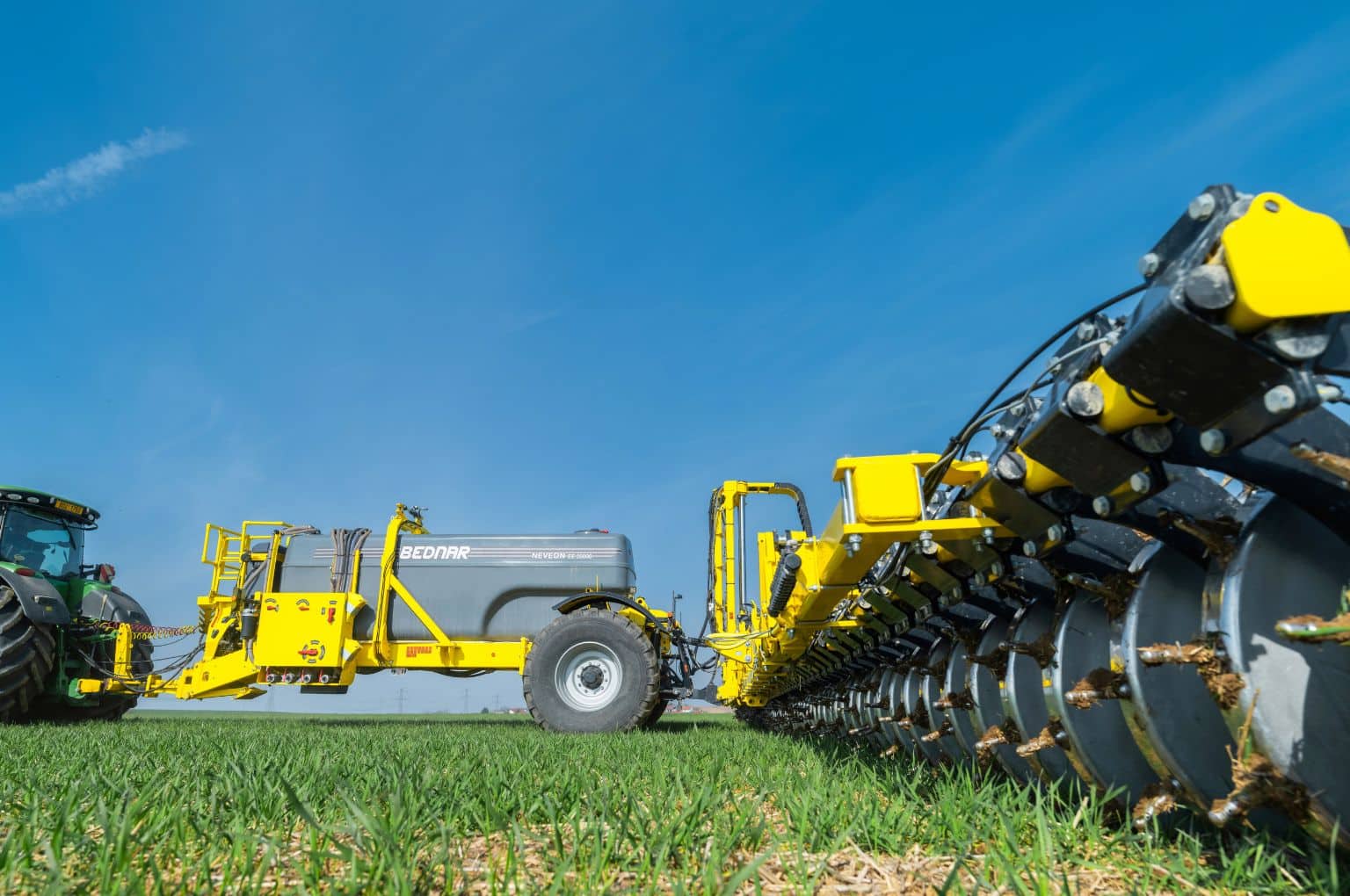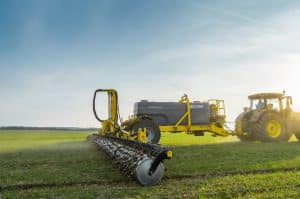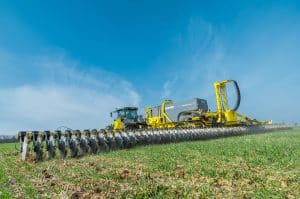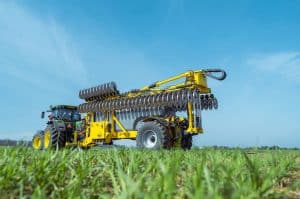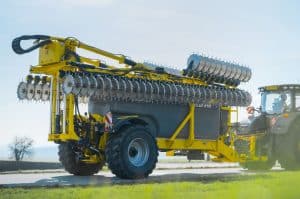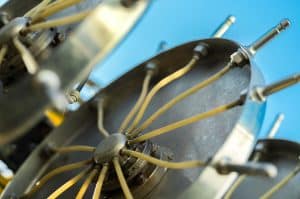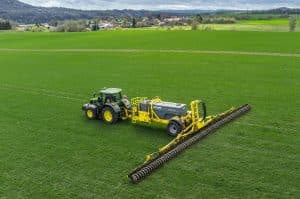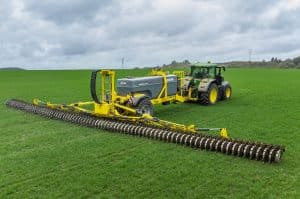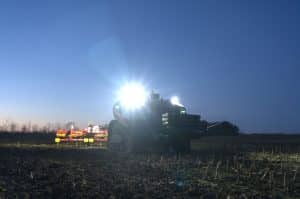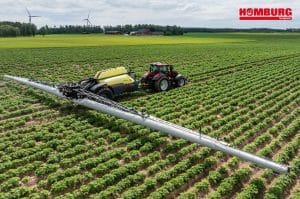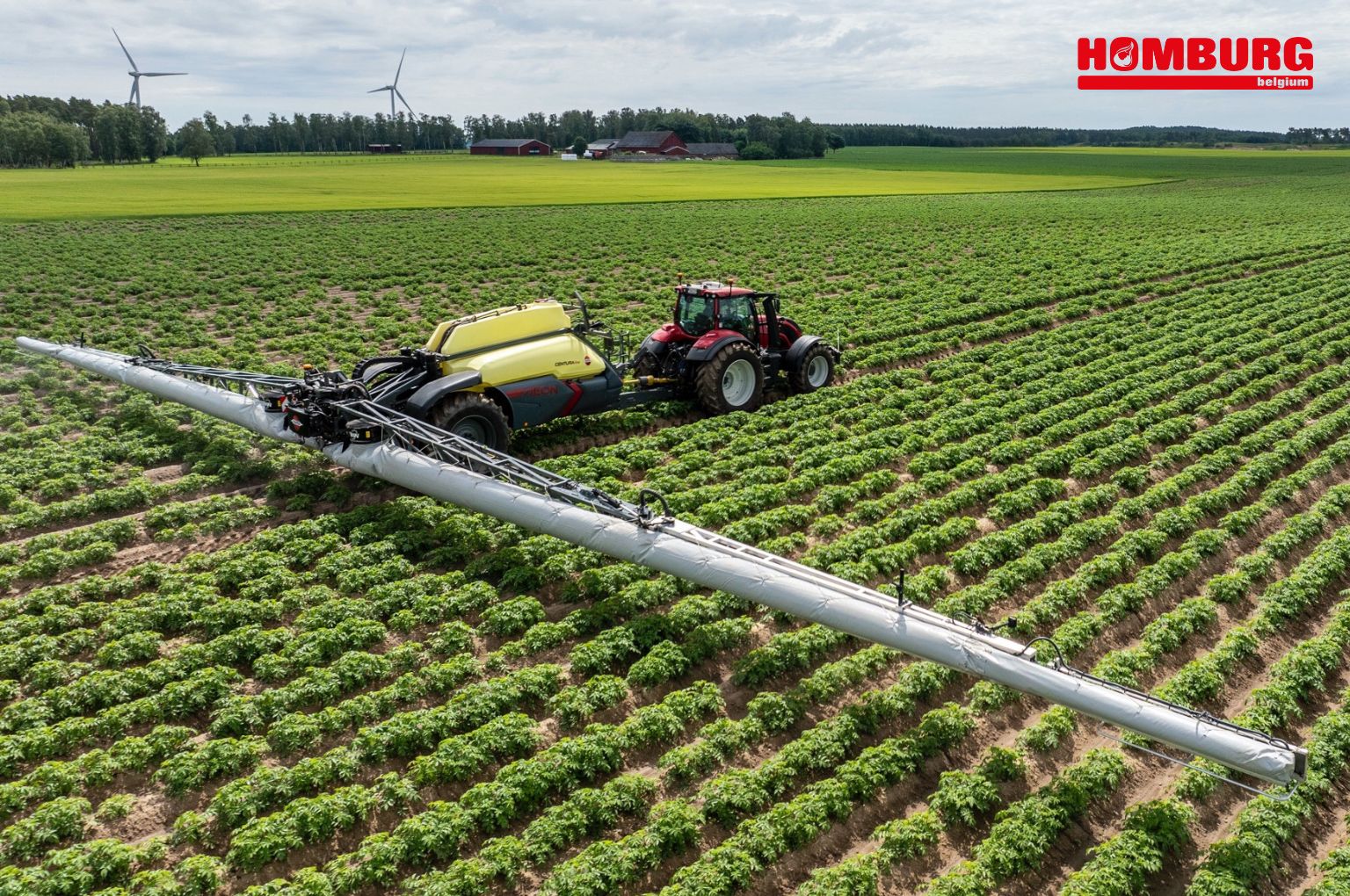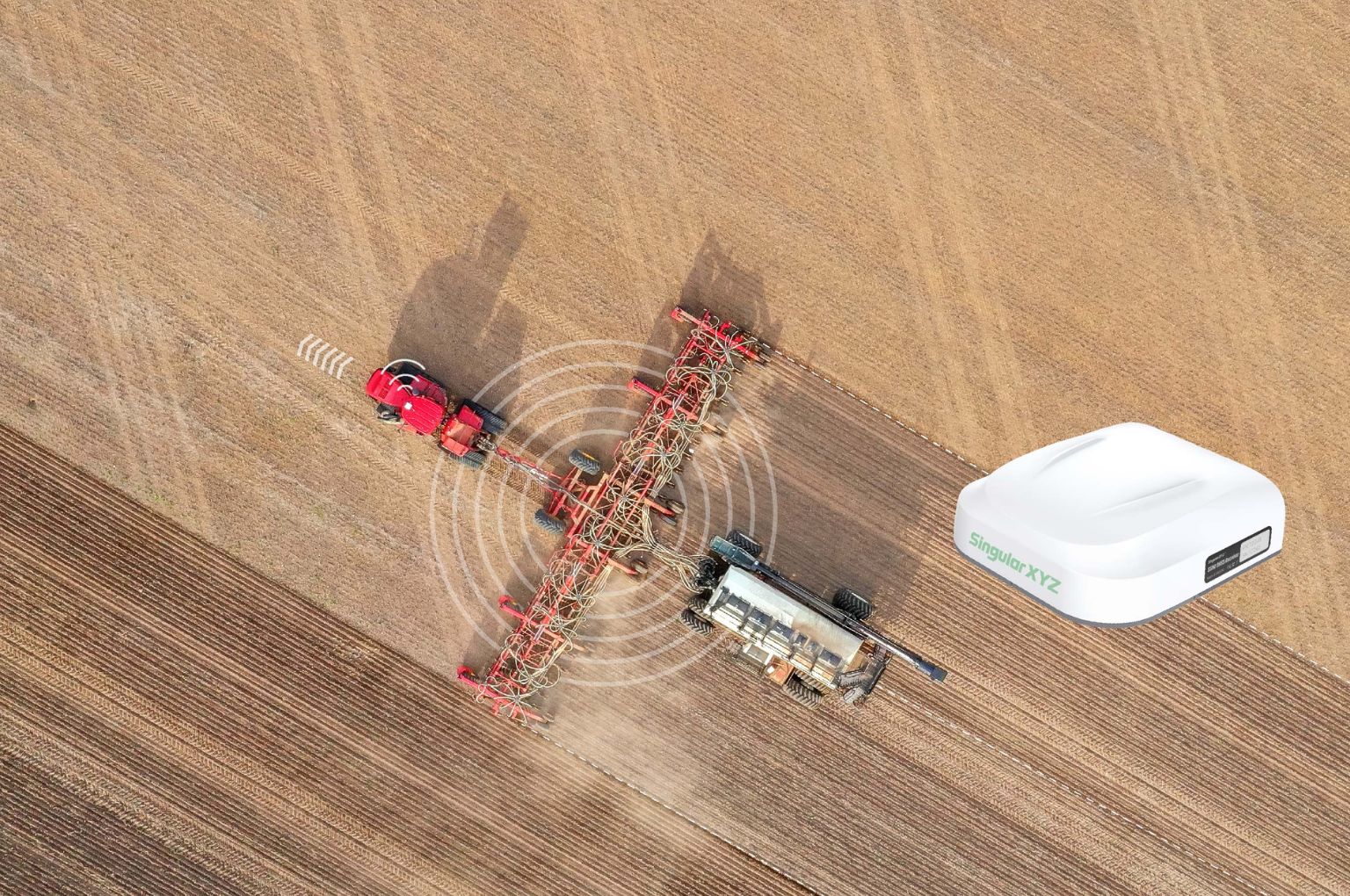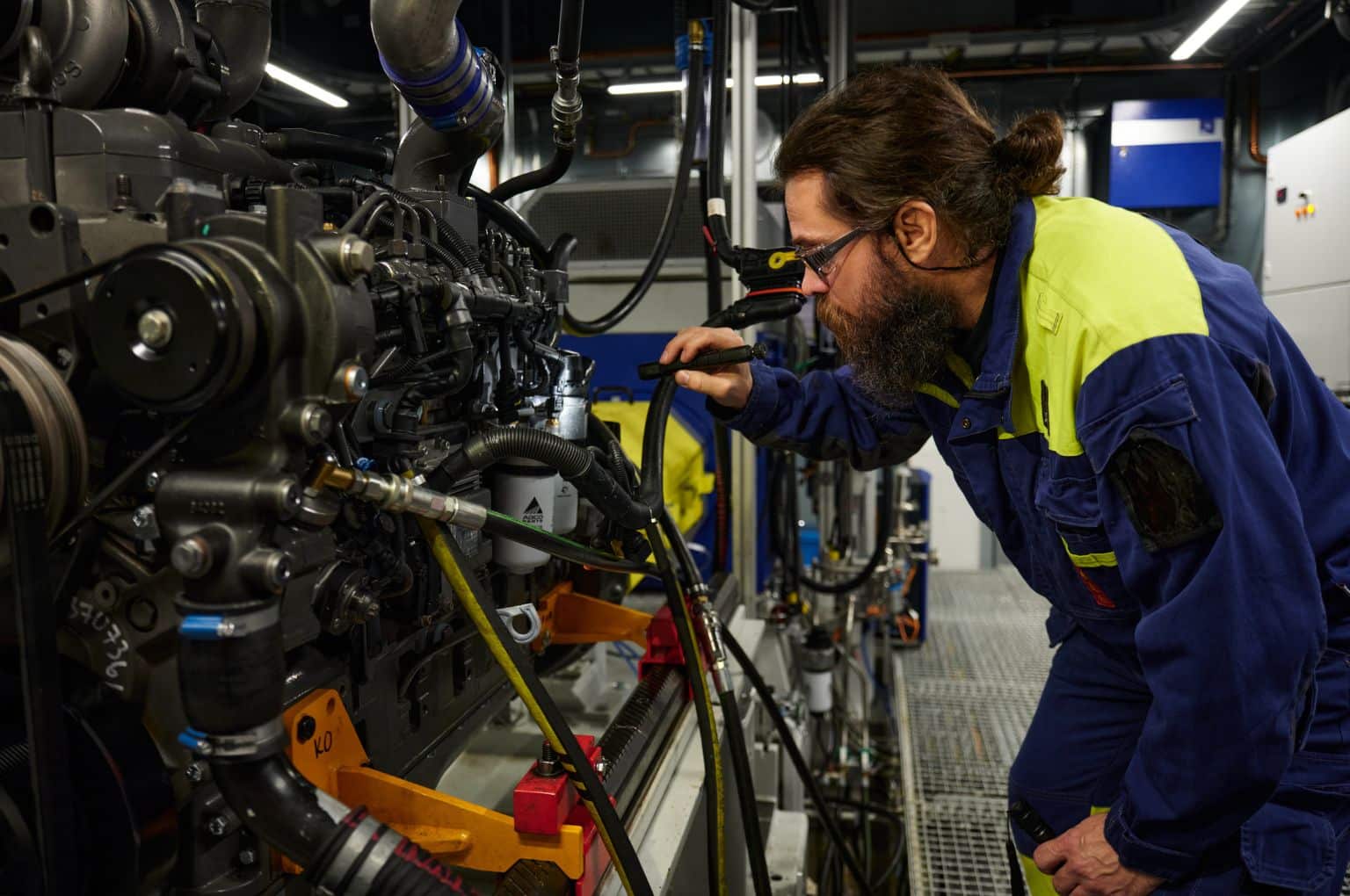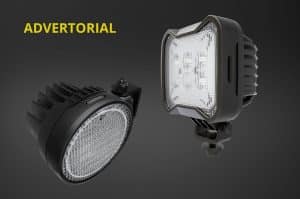Bednar introduces the Neveon EE liquid fertilizer applicator. Rotating injection wheels deposit nutrients or bioagents directly into the soil. The system increases fertilizer effectiveness and enhances soil health.
The Neveon EE works on the principle of targeted nutrient placement in the soil through wheels with application needles. The liquid is injected when the needle is positioned in a vertical position towards the soil surface, thus ensuring precise and loss-free application. The application needle penetrates to a depth of 7-10 cm. Hence, the plant roots can draw nutrients over a longer period of growth. At the same time, this minimizes nitrogen losses to the atmosphere and surface waters.
The machine is not limited to conventional nitrogen fertilizer. It allows application of a wide range of liquids, including liquid NP fertilizers, microelement mixtures, humates, suspensions of bacteria and fungi, as well as various tank-mix combinations. The possibility of applying biological products minimizes microorganisms to die and allows for their rapid colonization of the soil and root system of cultivated plants.
Another significant advantage is the injection of DAM 390 fertilizer, which is incorporated into the soil directly at the root system. Fertilizer application is independent of weather conditions and, at the same time, crop burn is avoided.
Variety of crops
The new applicator can be used in row crops such as maize / corn, sugar beet and sunflowers. In the case of wider rows, fertilization can be carried out during growth of the crop from one or both sides of the row, thus limiting the availability of nutrients to weeds in the inter-rows.
The technology is also used, for example, in winter rapeseed and cereals, where it supports regenerative fertilizing / fertilizer placement or autumn application of phosphate fertilizers. The applicator can also be used to apply biological plant protection products in root crops.
One of the main advantages of the Neveon EE is its ability to apply liquids directly to stubble, crop residues, and in systems that seek to minimize soil disturbance, such as regenerative – or no-till farming.
The economic and ecological benefits of the new technology are obvious. Injection storage of nutrients reduces losses, caused by leaching and deposition into the atmosphere. This leads to lower environmental impact and higher economic efficiency. The injection needles slightly loosen the soil and enhance drainage capacity, thereby improving the use of rainwater and reducing water erosion.


